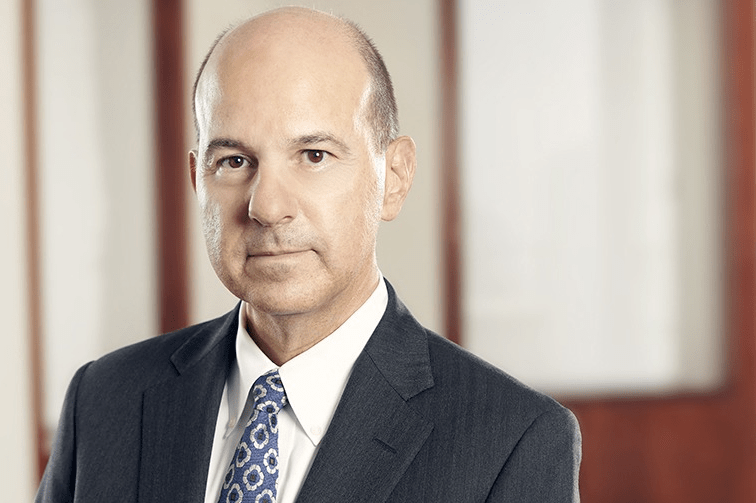As a culture, we tend to have a profound fixation both with milestones and with their subsequent surpassing. In few spheres of influence is this fixation more prevalent than in pundit analysis of the economy and stock market. Conveniently, with its Wednesday breaching of 22,000, a milestone which marked an all-time high, the Dow once again provided an opportunity for discussions of economic strength and future outlook. And while milestones allow for amusing conversational fodder, our belief is that they are largely useless without a framework to provide appropriate context.
The current market cycle brings to mind similar macro dynamics from a prior cycle in my lifetime. Following John F. Kennedy’s election win in 1960, the Dow enjoyed a bull run similar to the current post-election flourish we are experiencing. That market cycle hit a non-inflation-adjusted peak of 728.8 in December of 1961. Those familiar with history will likely recall that the trade embargo with Cuba was enacted in 1962. In June of that year, the Dow reached a low for the year of 535.76, marking a nearly 27% correction from its all-time high. And that year was perhaps most prominently punctuated by the tensions of the Cuban Missile Crisis. And while missile crises do not typically make the list of lagging indicators de jour, it certainly is interesting how parallels can be drawn between market cycles separated by multiple decades. Hopefully cooler heads will also prevail with respect to North Korea.
We continue to believe in the importance of evaluating employment and other leading indicators in conjunction with the market returns as a basis for future prosperity. Doing so with reference to the present economy, we find that there are reasons to be encouraged, though a market correction in the future is certainly a possibility. Experts are correct to signal to investors that a bit of caution may be warranted under current valuations. Of fund managers surveyed by Bank of America (BAC) Merrill Lynch in April, 83% believe U.S. equities are overvalued.
Caution is a measured sentiment with the S&P 500 presently trading at a forward price-to-earnings ratio of 18x compared to 10x in 2011. And while 18x might seem scary, the index has often traded at or above this level historically. Still, the Dow reaching all-time highs in 30 of the past 54 months should not be viewed as a sustainable pace of growth without vulnerability to some measure of correction. It simply is not prudent to believe the current pace can continue un-relented; rather, we expect future growth to be stable and moderate.
We find encouragement in the lack of substantive market collapse since the financial crisis and in looking at new job additions, with Friday’s jobs report indicating that 209,000 jobs were added in July. The continued growth in jobs projected by many economists affords an added degree of comfort. Ultimately, even with all the present uncertainty the U.S. and the rest of the world is facing, we find the passing of this milestone to be a signal of reassurance, even if temporary. In the present context, it is important to be cognizant that markets will both expand and contract, sometimes surprisingly rapidly. However, given the stabilized environment we are now enjoying, one takes comfort in the fact that value can be found in all cycles.
Chris Andersen is founder and partner of G.C. Andersen Partners, LLC. Luke Paetzold is associate of G.C. Andersen Partners, LLC.











